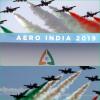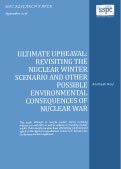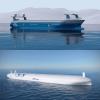What should be Outer Space Agenda for Modi 2.0?
India’s story of growth is directly related to the development of technology. If Modi 2.0 is keen to find long-term solutions to ensure growth, then it has no option than to make investments in technologies. One important area of technology where much is expected from Mr Modi is the outer space. He has raised much expectation since his first term as he took a keen interest in the activities of Indian Space Research Organisation (ISRO).









